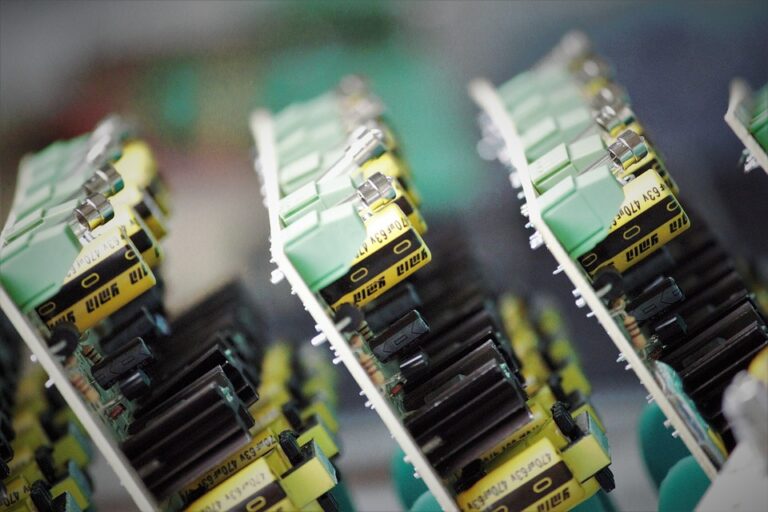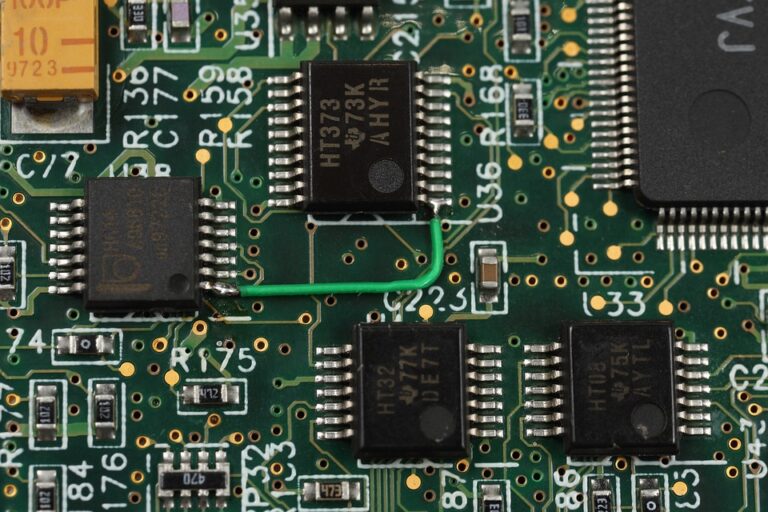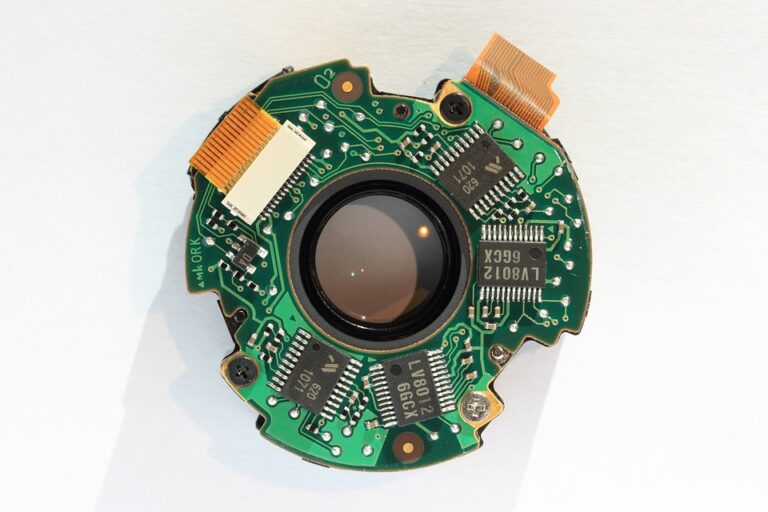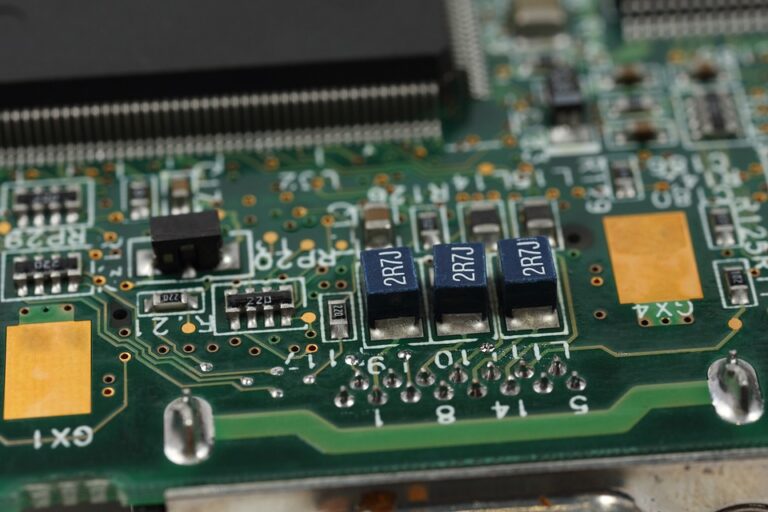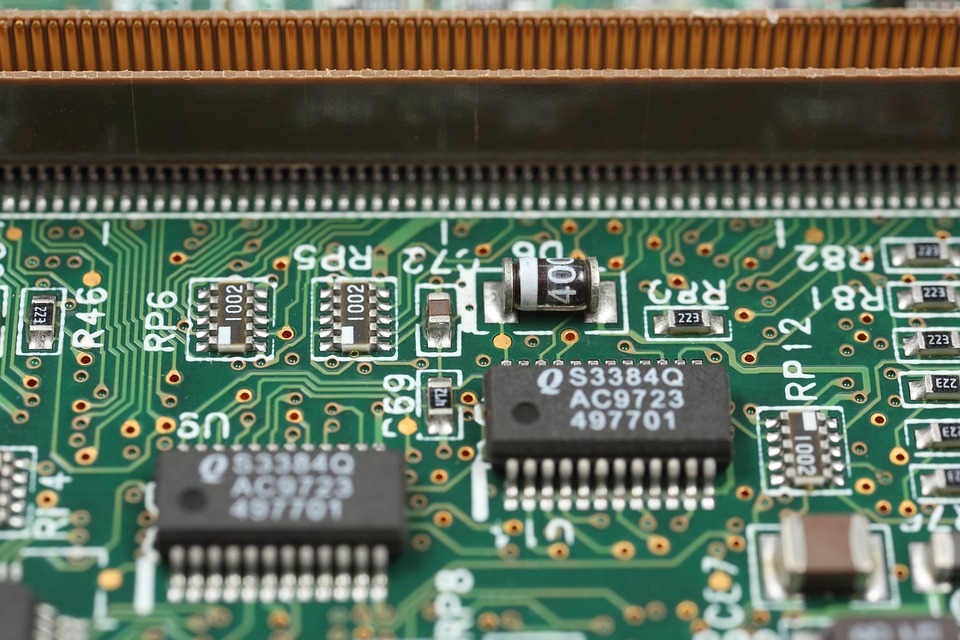
The Impact of PCB Materials on Electronic Device Performance
Printed Circuit Boards (PCBs) are the backbone of modern electronics, serving as the foundation for a wide range of electronic devices, from simple gadgets to complex systems. The performance of these devices is heavily influenced by the materials used in the manufacturing process, particularly in the construction of the PCB itself. This article will explore the impact of PCB materials on electronic device performance, highlighting the most common materials used and their characteristics, as well as the benefits and limitations of each.
Common PCB Materials
Depicted below is a list of the most common PCB materials, their characteristics, and their applications:
-
FR-4- Characteristics: High resistance to moisture, high dielectric strength, and good thermal conductivity
- Applications: General-purpose PCBs, such as computing and communication devices
-
FR-5- Characteristics: High thermal conductivity, good insulation, and excellent high-frequency properties
- Applications: High-frequency circuits, such as radio frequency (RF) and microwave devices
-
FR-6- Characteristics: Excellent high-frequency properties, good thermal conductivity, and high insulation resistance
- Applications: High-frequency RF and microwave devices, as well as power supplies and filtering applications
-
FR-7- Characteristics: High thermal conductivity, excellent high-frequency properties, and good insulation resistance
- Applications: High-frequency RF and microwave devices, as well as power supplies and filtering applications
-
Polyimide (PI)- Characteristics: High temperature stability, good thermal insulation, and excellent high-frequency properties
- Applications: High-reliability applications, such as aerospace and military electronics
Impact of PCB Materials on Device Performance
The choice of PCB material significantly impacts the performance of electronic devices, influencing key parameters such as signal integrity, thermal management, and power supply stability. Here are some key considerations:
-
Signal Integrity- Material choice affects the PCB’s ability to maintain signal integrity, with FR-4 and FR-5 being suitable for most applications, while FR-6 and FR-7 offer enhanced high-frequency performance
-
Thermal Management- Thermal conductivity is crucial for efficient heat dissipation, with FR-4 and FR-5 providing moderate conductivity, while FR-6 and FR-7 exhibit even better thermal dissipation properties
-
Power Supply Stability- Stability of power supplies is influenced by the PCB material, with FR-4 and FR-5 suitable for most applications, while FR-6 and FR-7 offer more reliable power supply stability
Conclusion
As the technology continues to evolve, the importance of PCB materials in electronic device performance will only grow. Understanding the properties and characteristics of various materials will aid in their selection for optimal device performance. By leveraging the strengths and limitations of various materials, designers and engineers can construct PCBs that meet the demands of modern electronics, paving the way for the development of cutting-edge devices.
FAQs
Here are some Frequently Asked Questions related to PCB materials and their impact on electronic device performance:
-
What is the most common PCB material?FR-4 is the most widely used PCB material, offering a balance of properties and being suitable for general-purpose applications.
-
What material is best for high-frequency applications?FR-6 and FR-7 are considered optimal for high-frequency applications due to their exceptional high-frequency properties and thermal conductivity.
-
What material is suitable for high-reliability applications?Polyimide (PI) is a popular choice for high-reliability applications due to its high temperature stability, thermal insulation, and excellent high-frequency properties.

